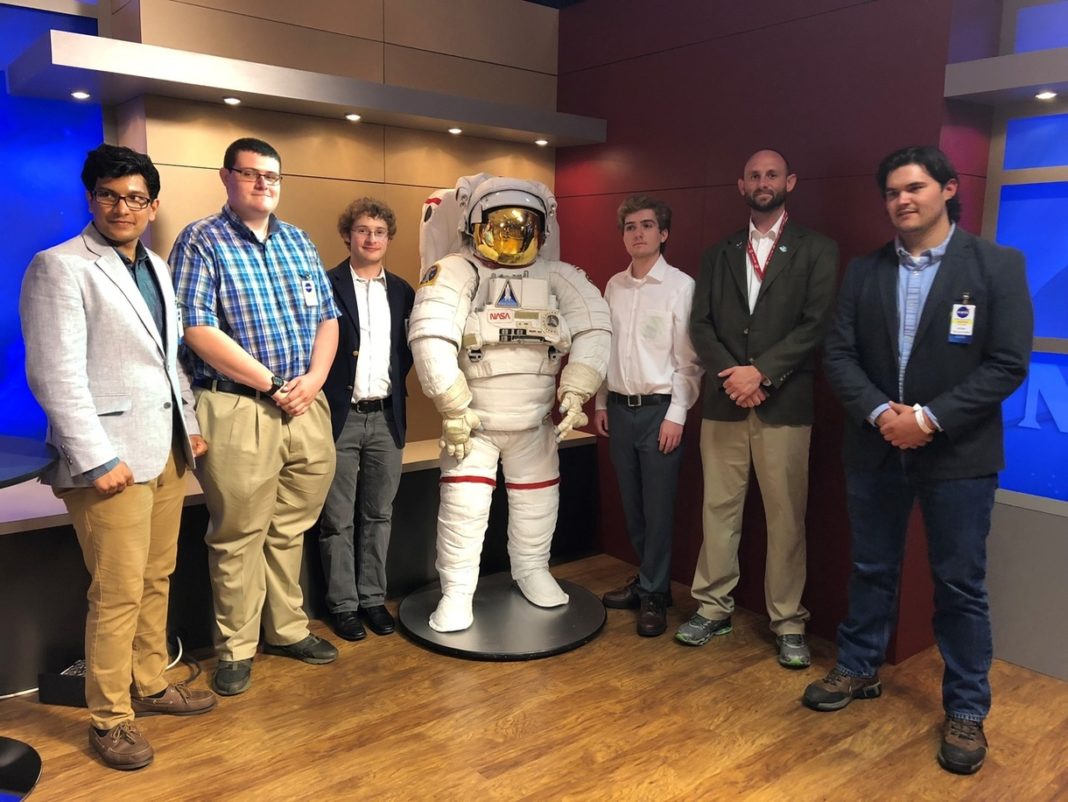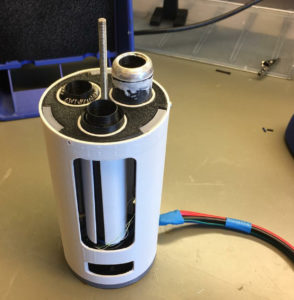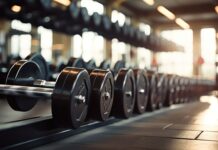
COOKEVILLE – Months of hard work and preparation finally paid off when a group of Tennessee Tech Students for the Exploration and Development of Space recently traveled to the Johnson Space Center in Houston.
Tech students Darsh Dinger, Ryan Colon, Nathan Daniel, Seth Logue, Nathan Krupla and Wesley Kizer submitted a proposal and were selected to be one of 25 Micro-g Neutral Buoyancy Experiment Design Teams in the nation. Some of the other schools participating included Cornell University, Embry-Riddle Aeronautical University, Purdue University, Rochester Institute of Technology, University of California-Los Angeles, the University of Texas at Austin, and Virginia Tech.
“I was pleasantly surprised,” said Stephen Canfield, a mechanical engineering professor who serves as the team’s technical advisor. “We worked hard on the proposal last year and the team did some major rewrites. I felt like it was strong. The universities that usually get selected have aeronautics programs.”
Micro-g NExT challenges undergraduate students to design, build and test a tool or device that addresses an authentic, current space exploration challenge. That’s exactly what Tech’s team did.
“This Micro-g challenge is all about designing devices to operate in micro gravity,” said Daniel. “Typically, the challenge is focused on tools the astronauts can use. NASA has these problems they need to solve, so they out-source the problems to student groups around the country.”

“Our device was a little different because it was designed to go out on a rover,” Daniel continued. “Some of the moons of Jupiter and Saturn are called water worlds because those planets’ gravity is so strong they actually mold them and they melt some of the ice on them and create these oceans under the ice. Our device goes on a rover that goes under those ice layers and explores those oceans and takes those ice samples.”
After months of planning and preparation, the team finally got to travel to the Johnson Space Center to make their presentation.
“Every single day was a work day beginning at 7:15 a.m. and ending up at 4:30 p.m.,” said Dinger about the team’s time at Johnson Space Center. “We were allowed to see some of the restricted areas. There was a test day where we got to test our device in the national buoyancy lab.”
“The presentation went pretty well,” added Daniel. “They asked us a lot of questions.”
If tools are tested successfully, the student-designed devices have the possibility of being used for future NASA exploration missions.
“We have to submit a final report to NASA and they going to keep that as an archive,” said Kizer. “Any NASA engineer working on this project in the future will use our testing and examine the challenges we have experienced to help design the tool.”
For more information on Tech’s trip to the Johnson Space Center, check out their Instagram page at https://www.instagram.com/sedstntech.
For more information on Micro-g NExT go to https://microgravityuniversity.jsc.nasa.gov.







